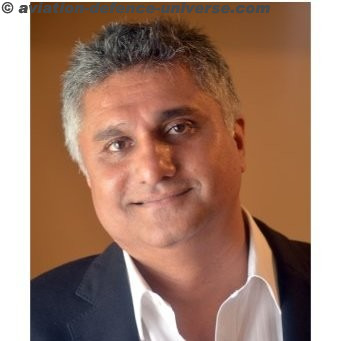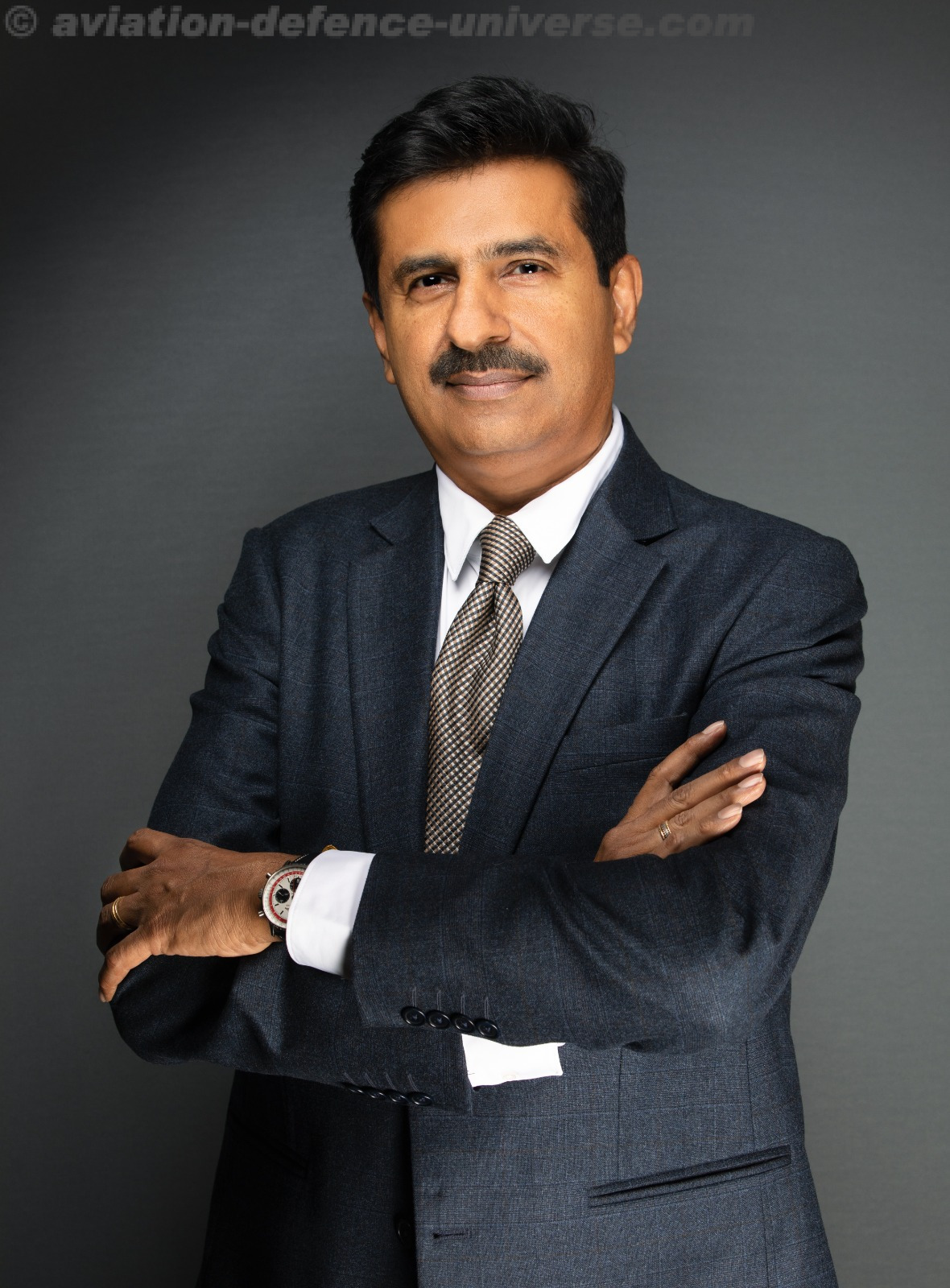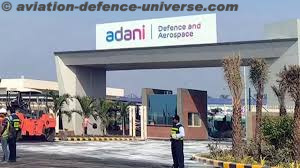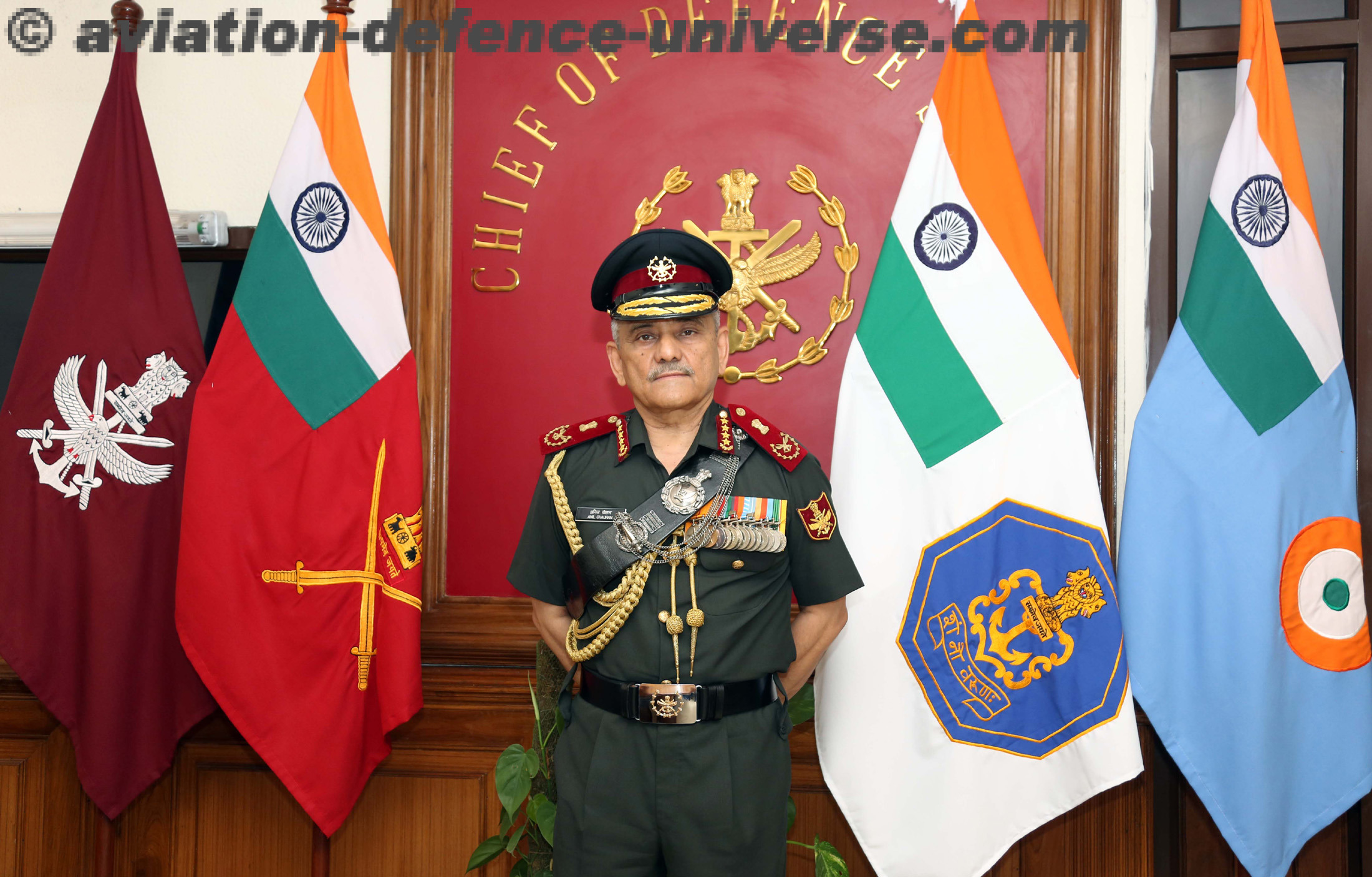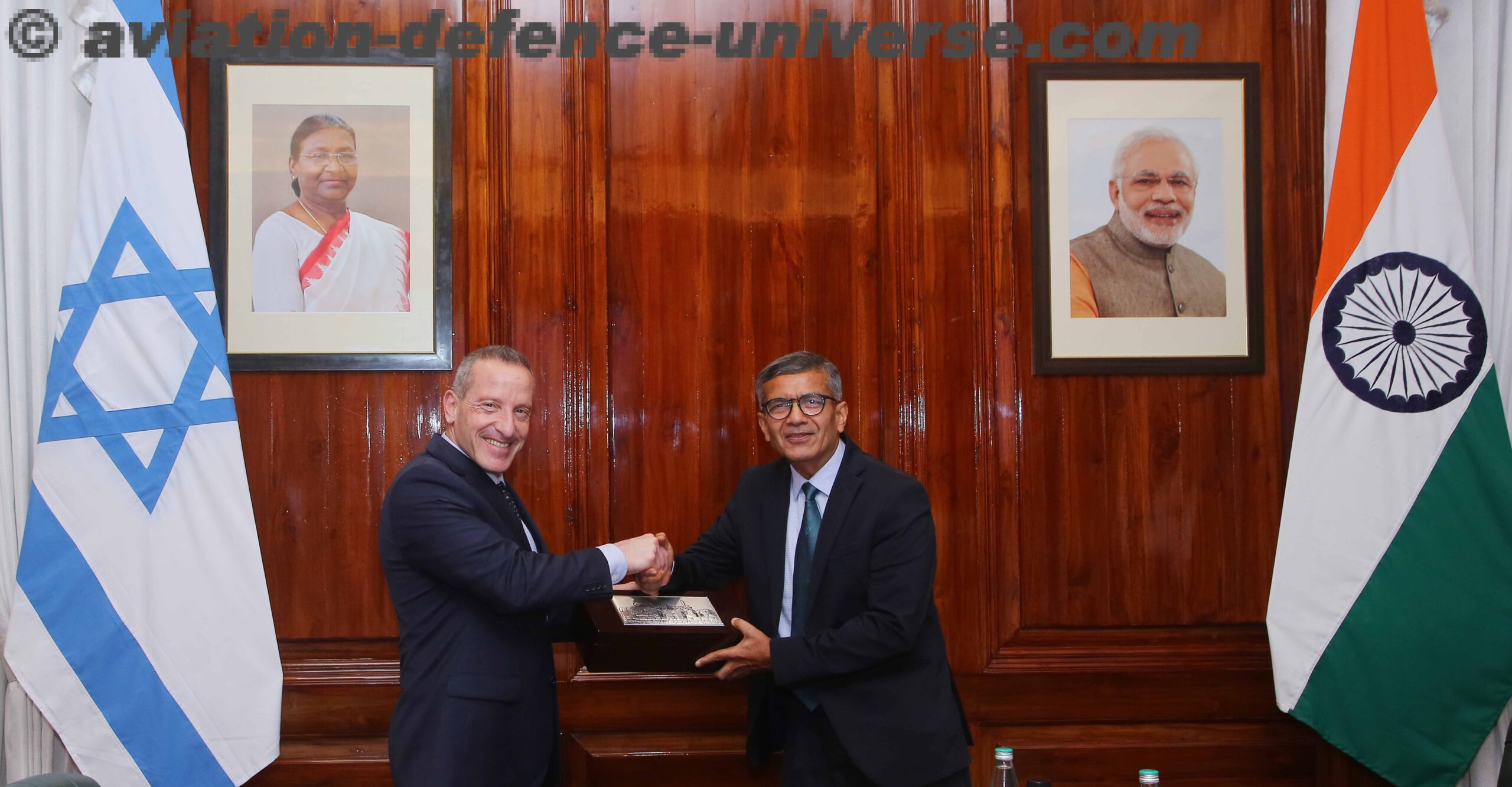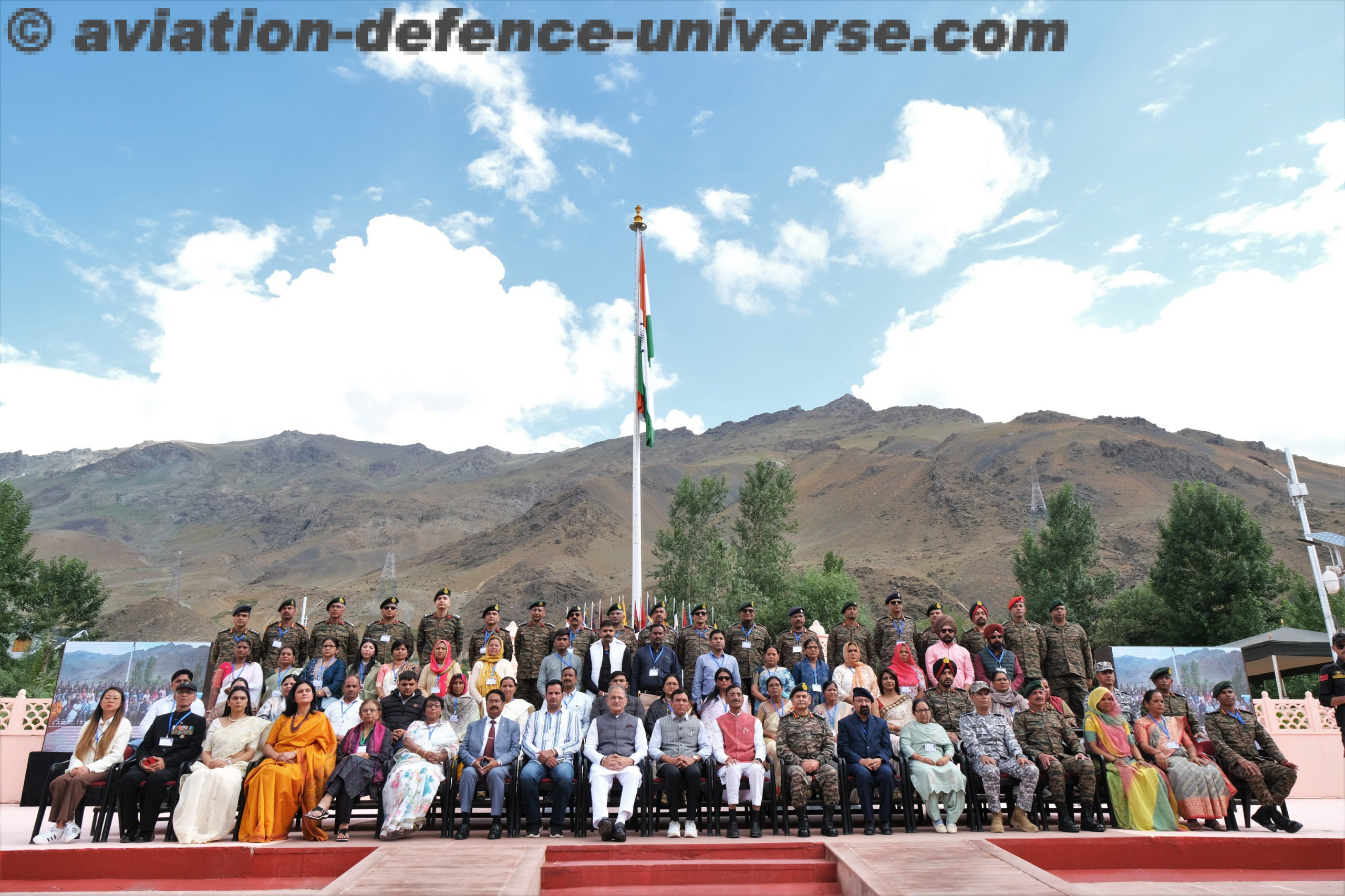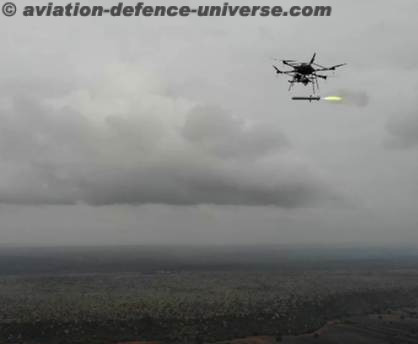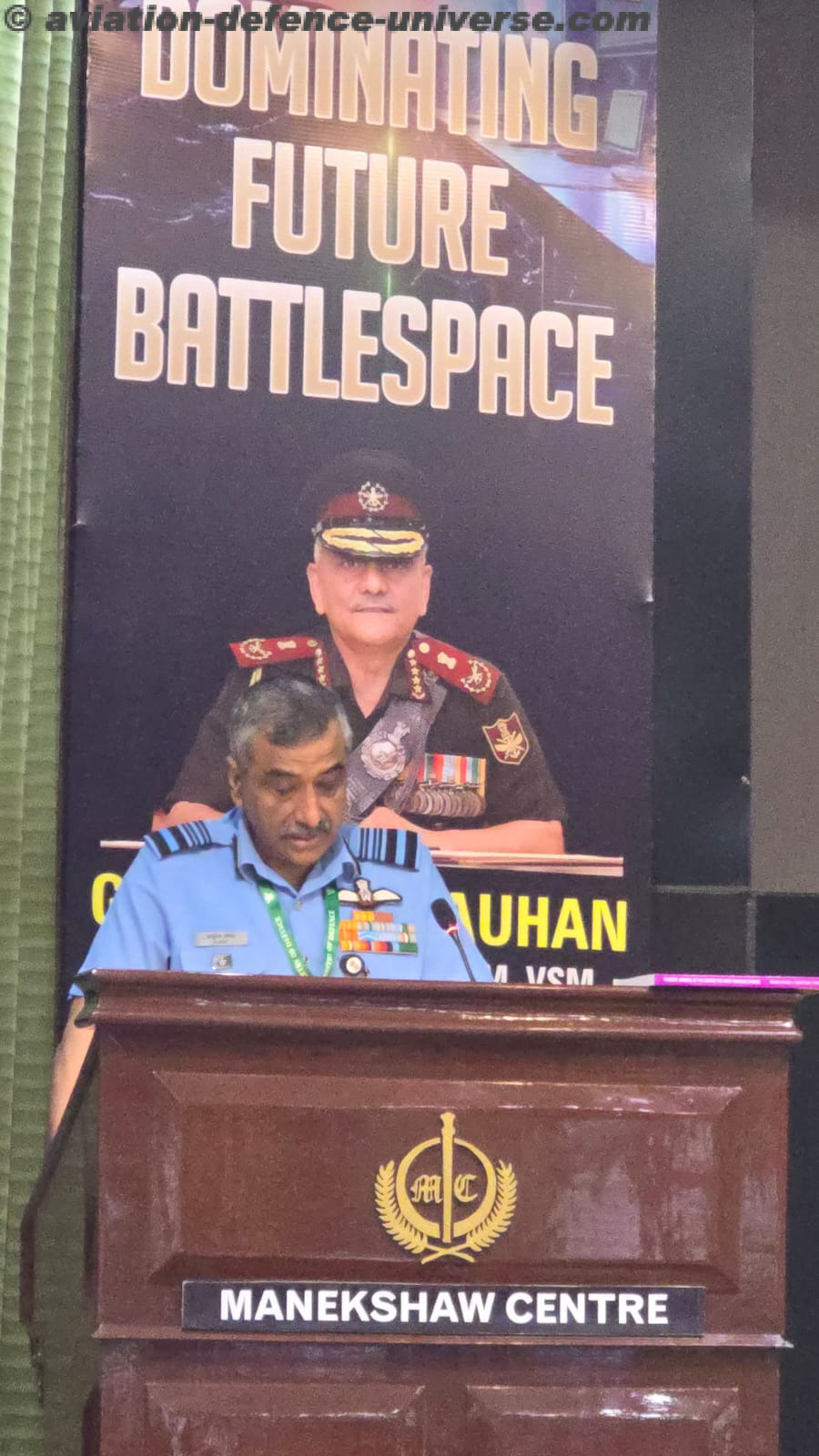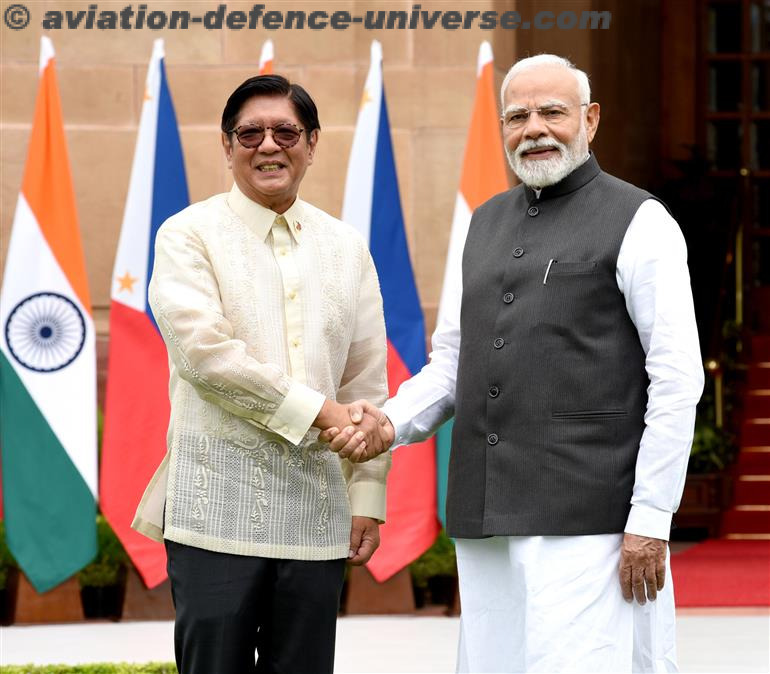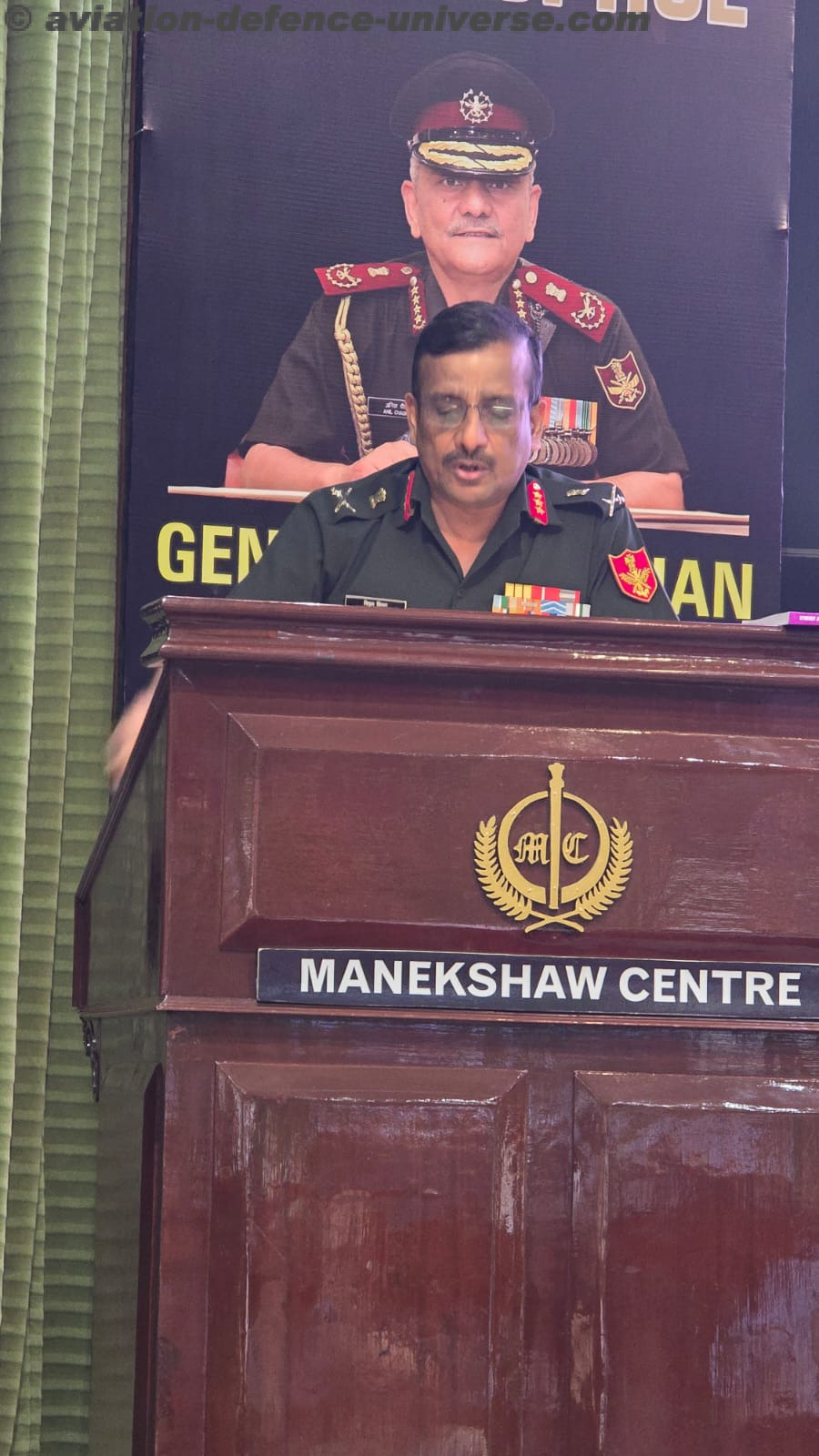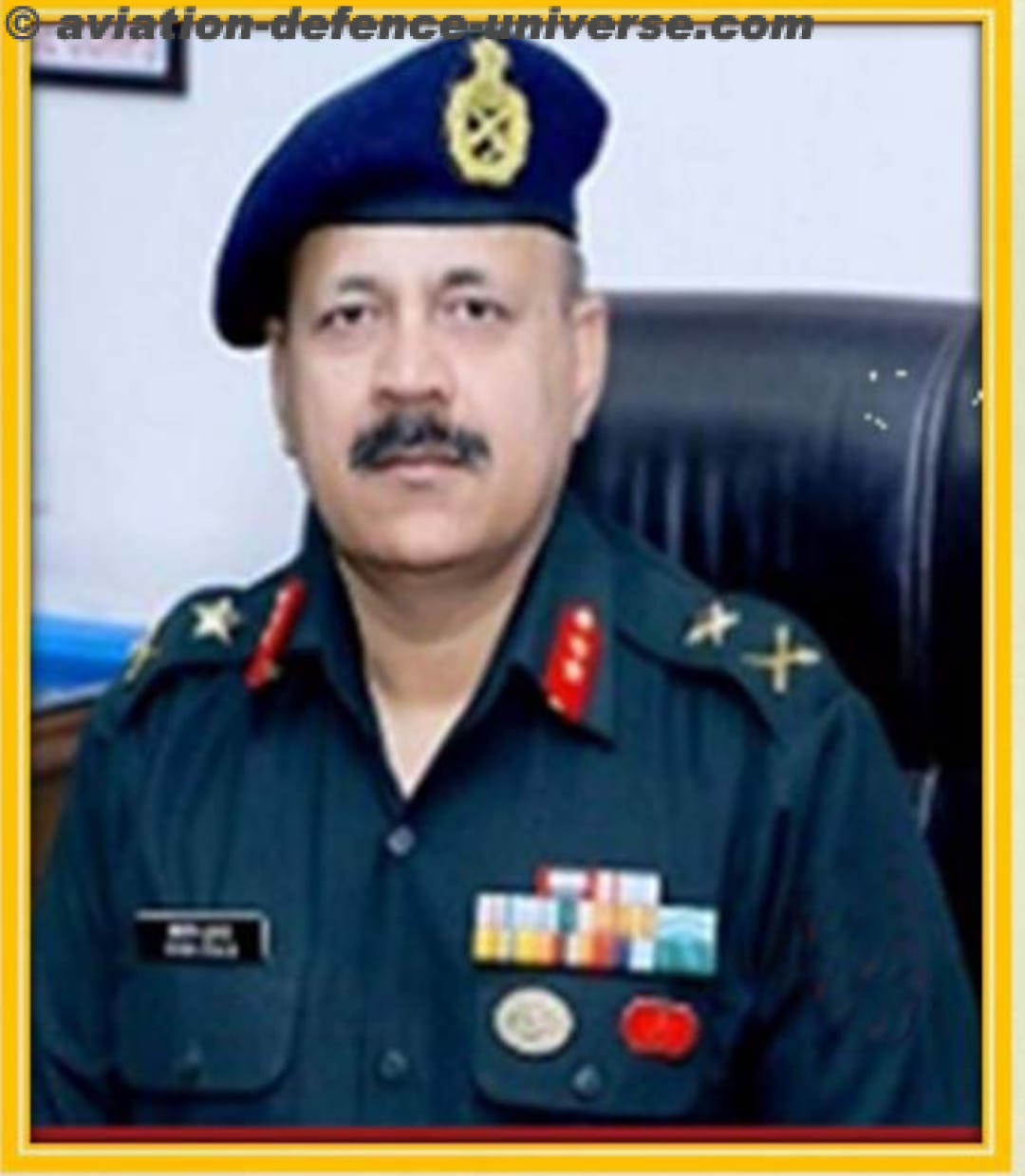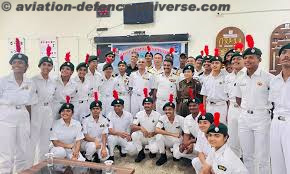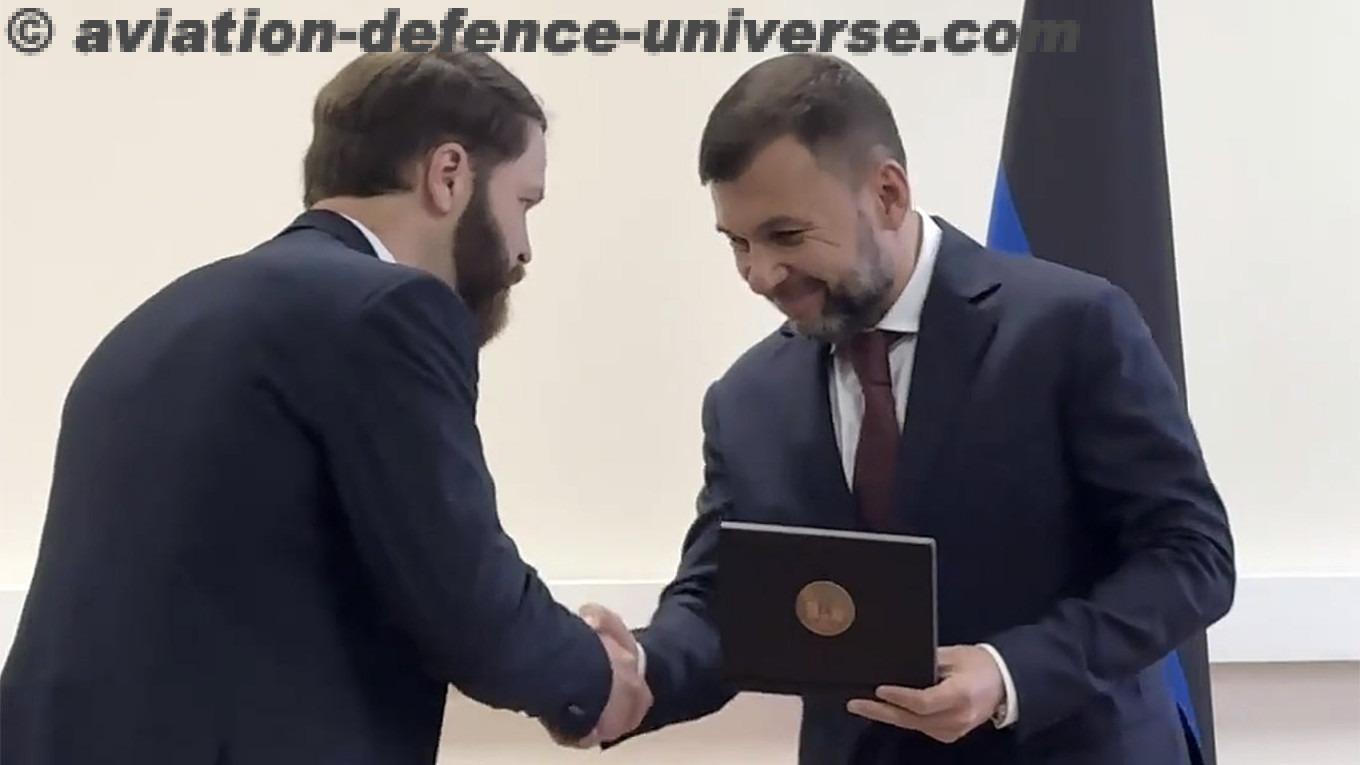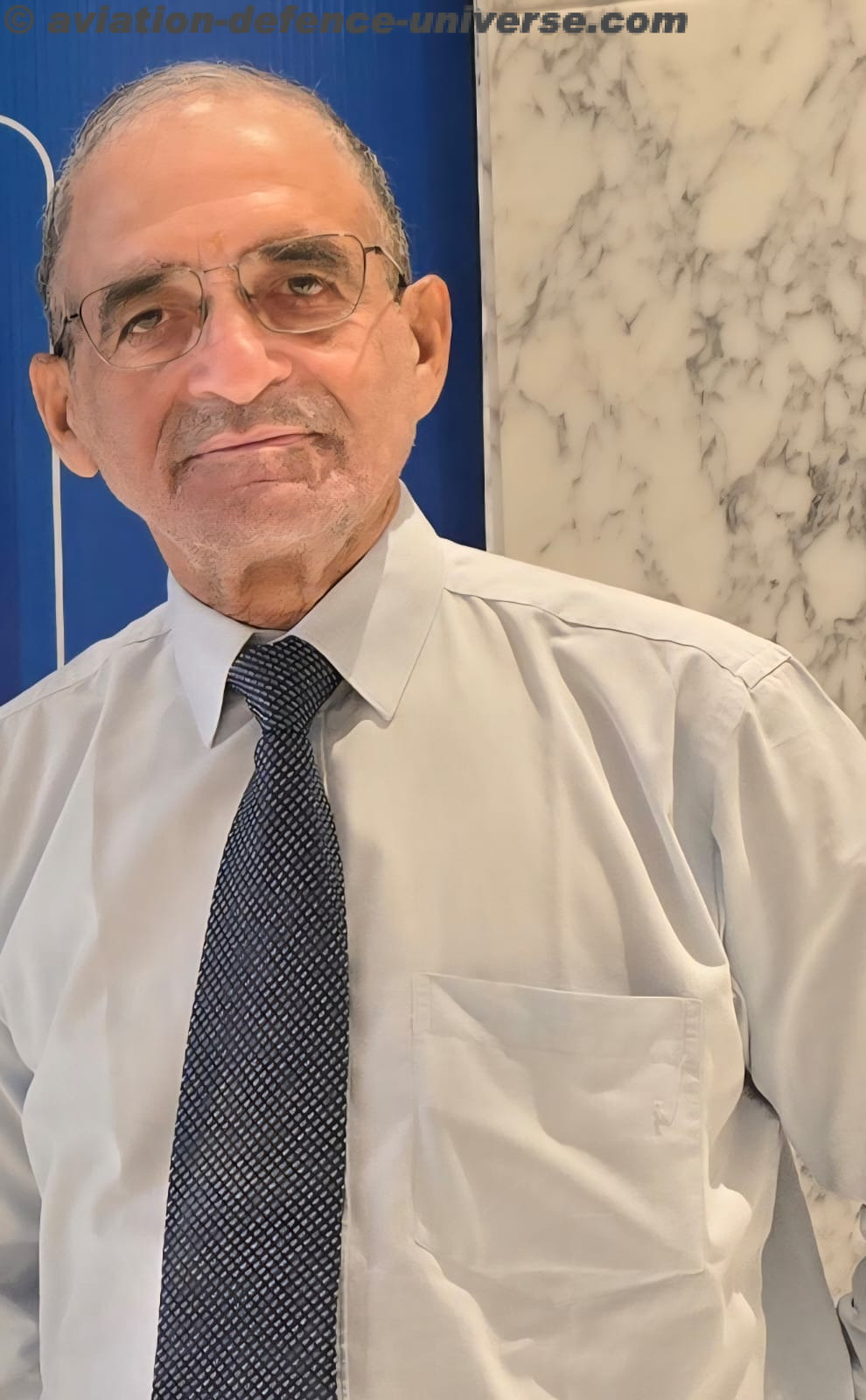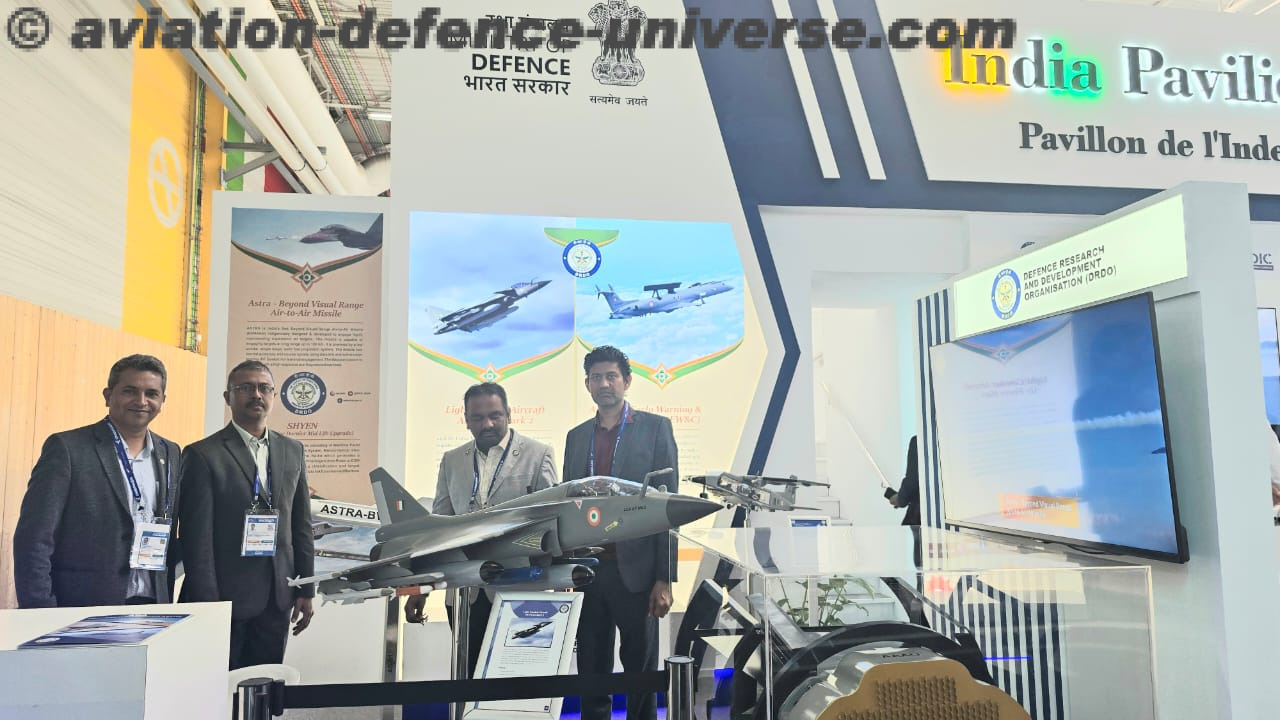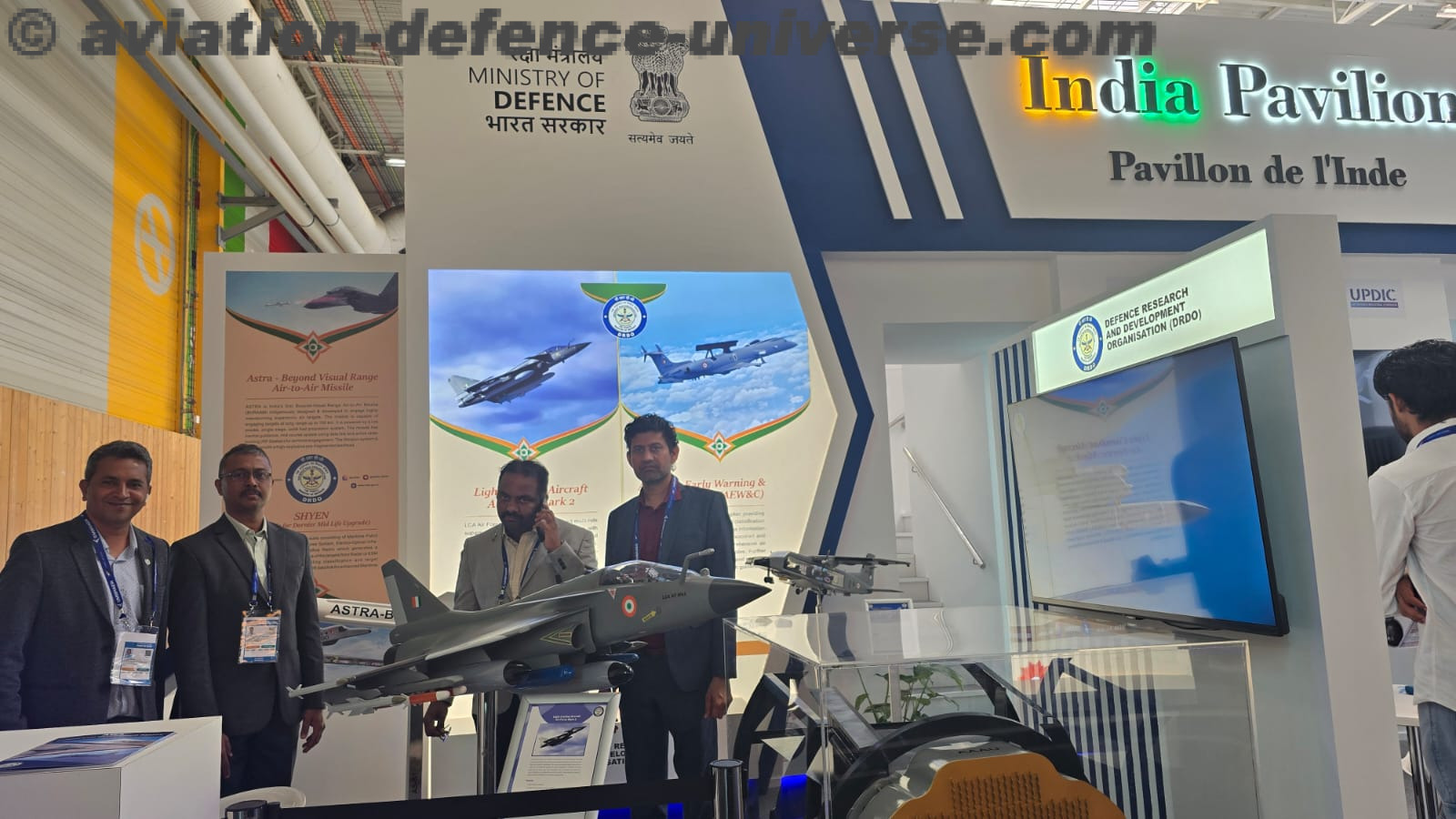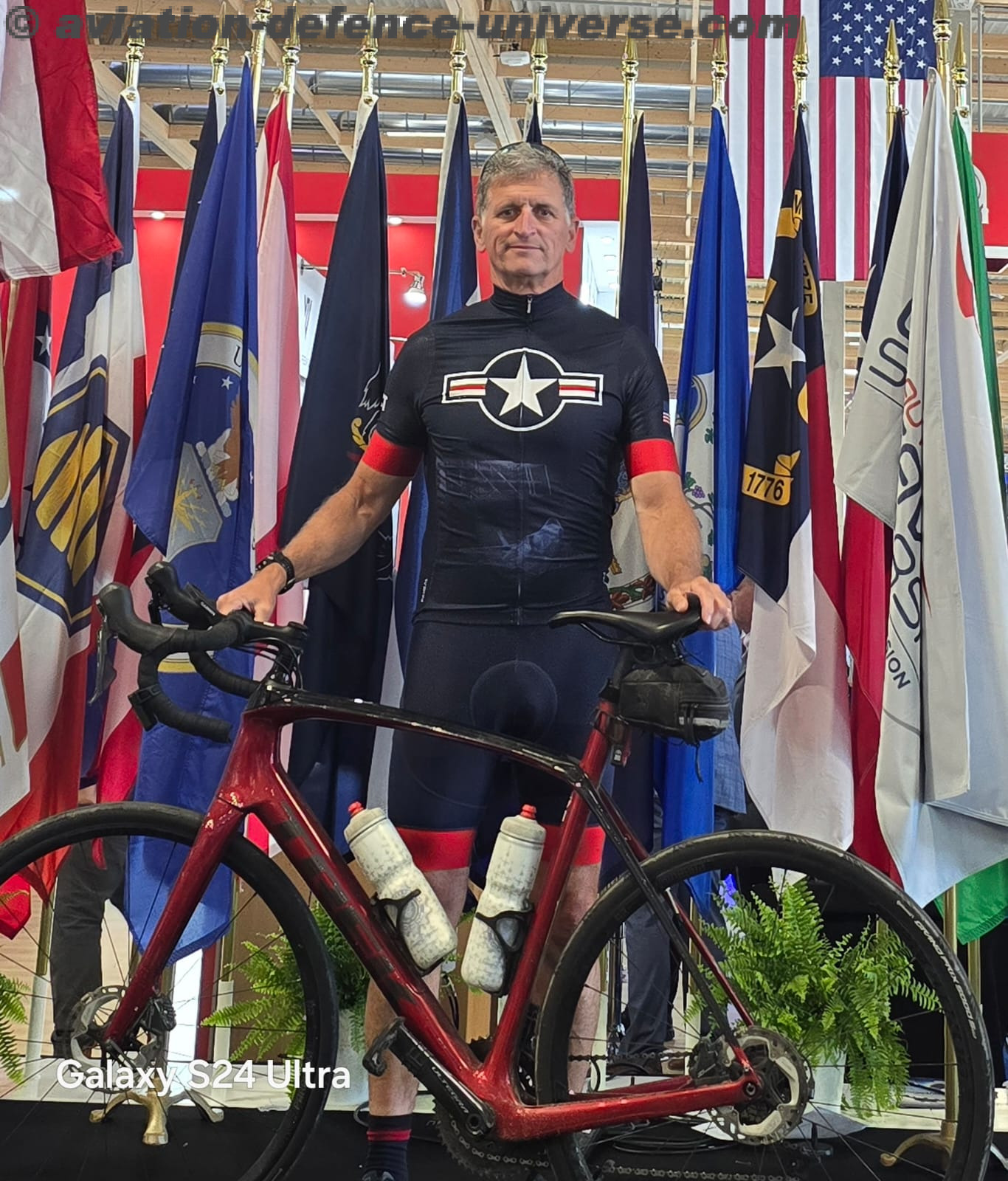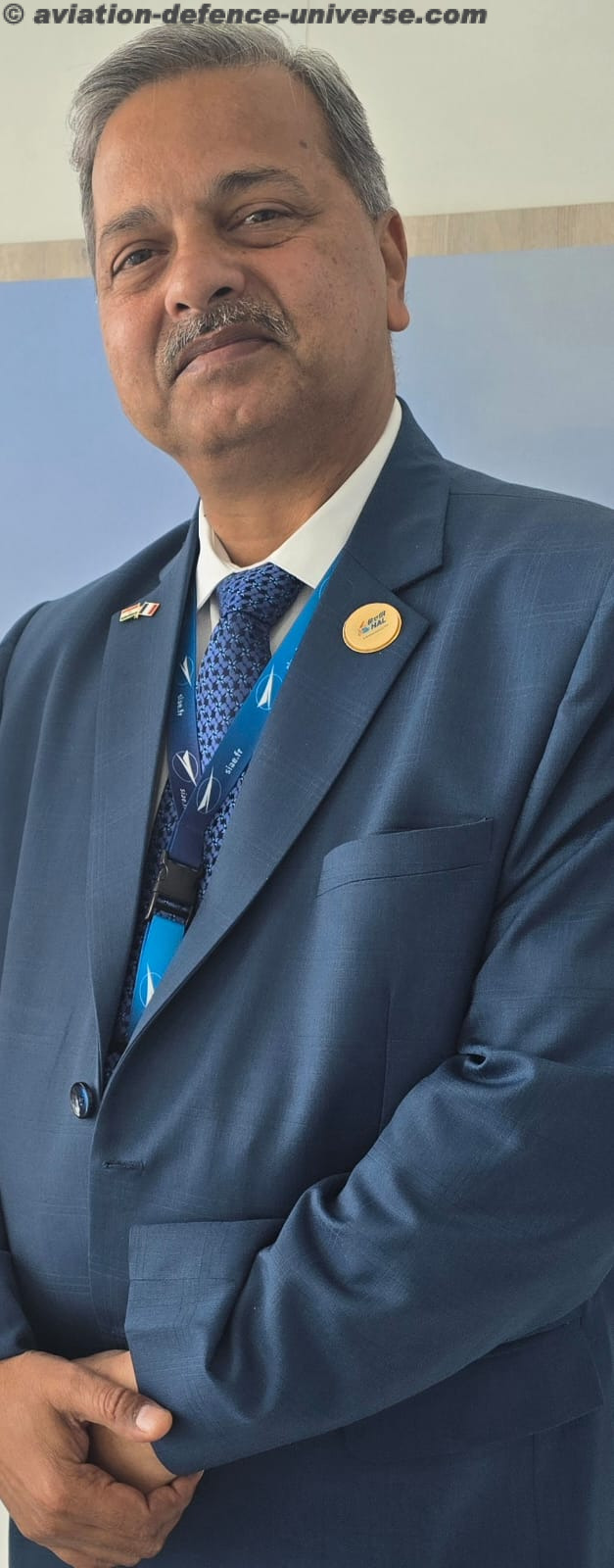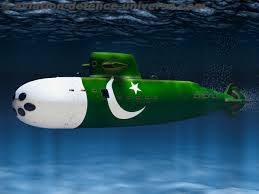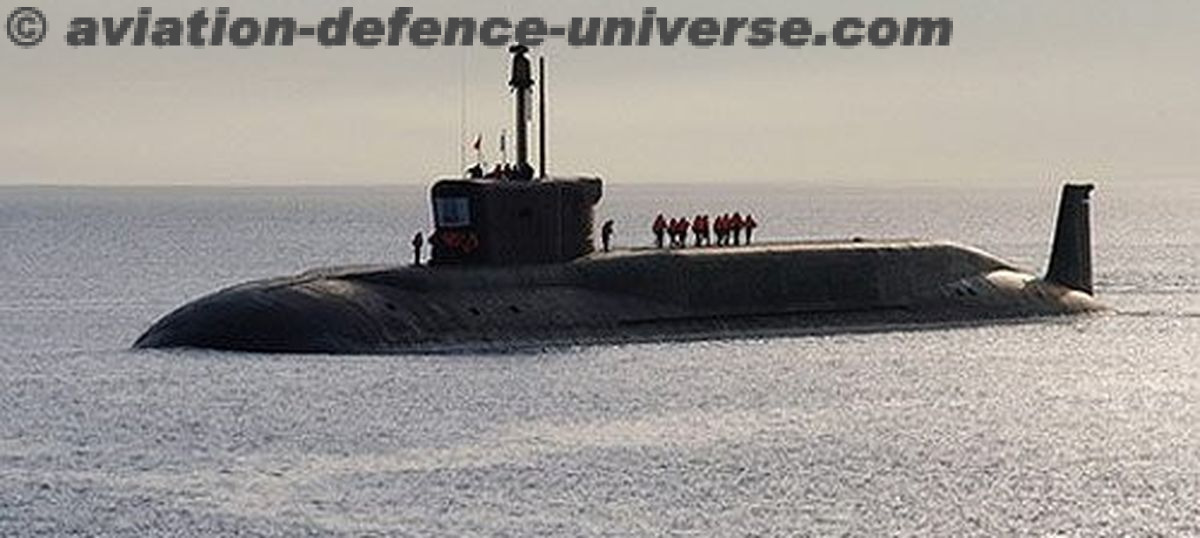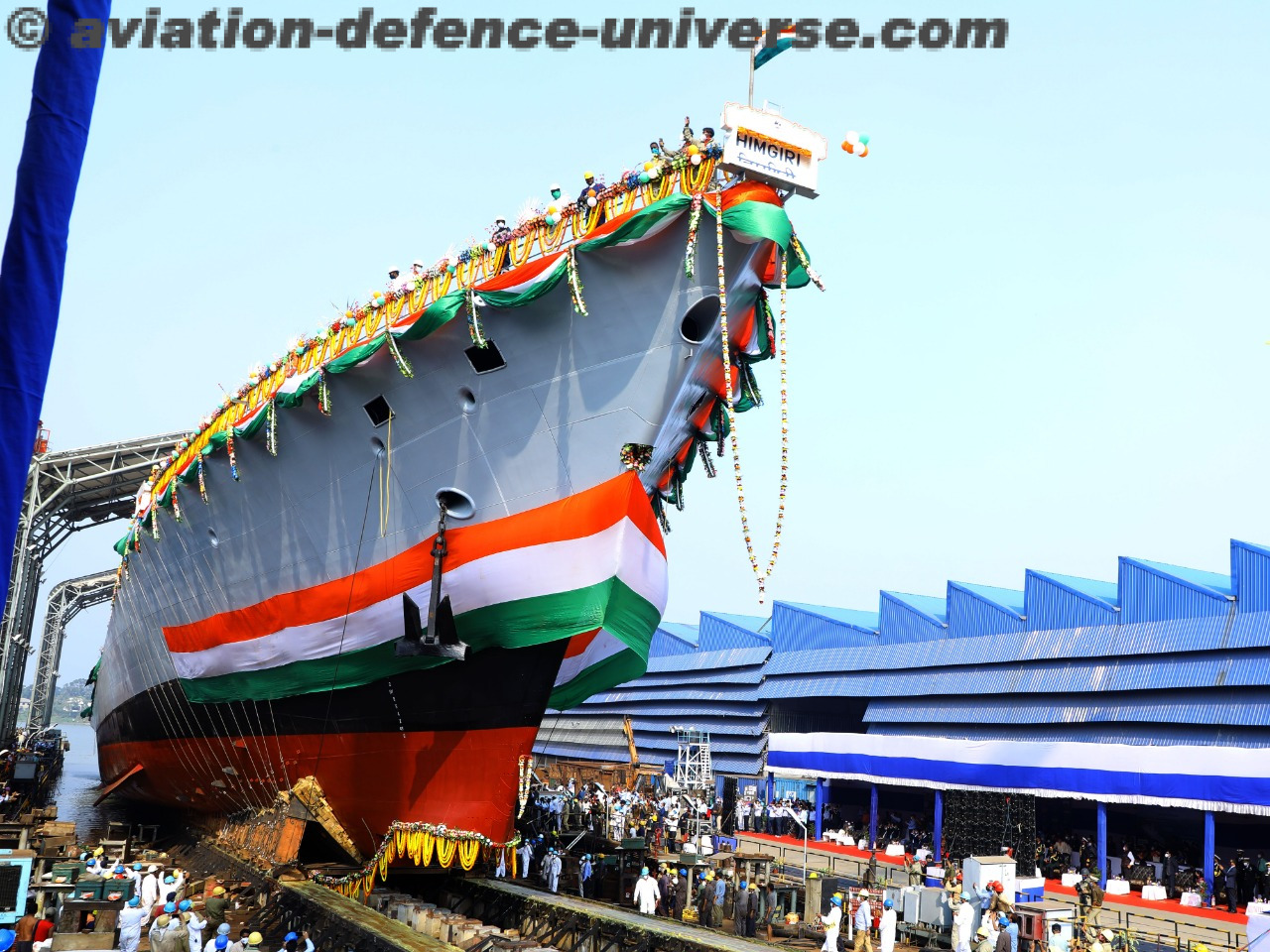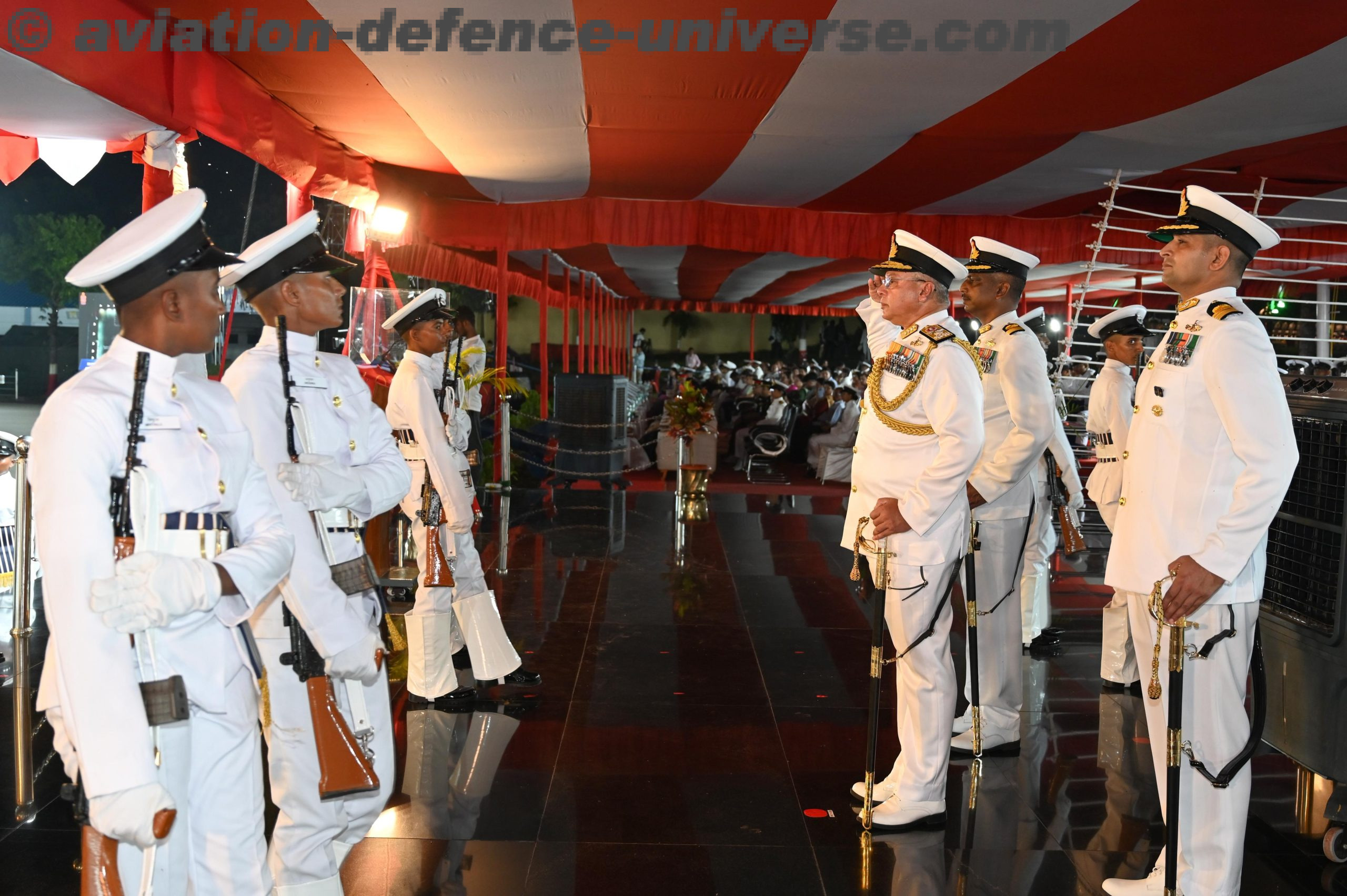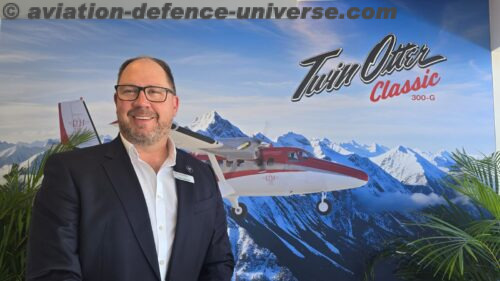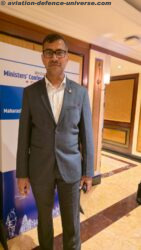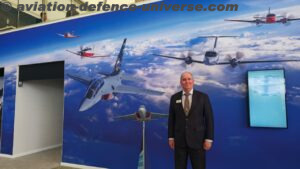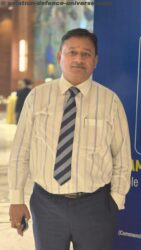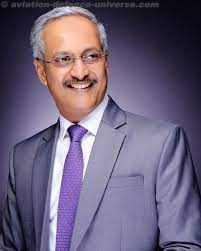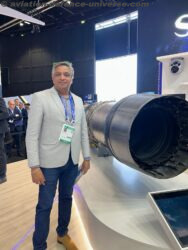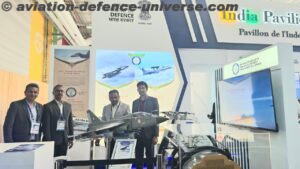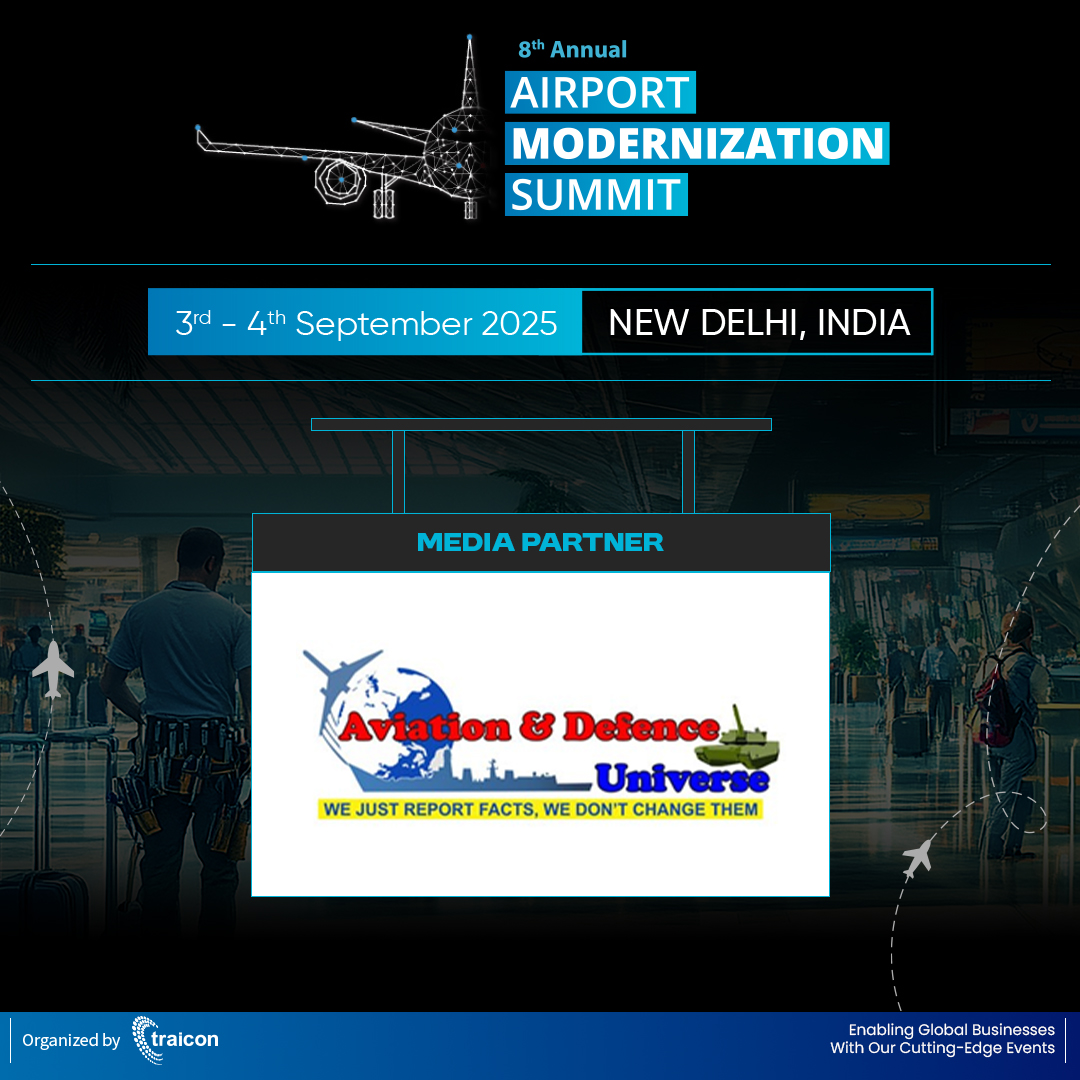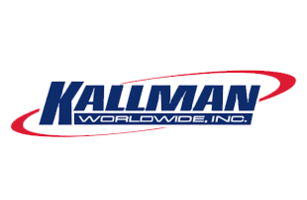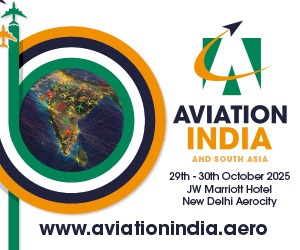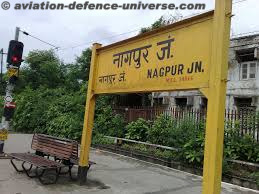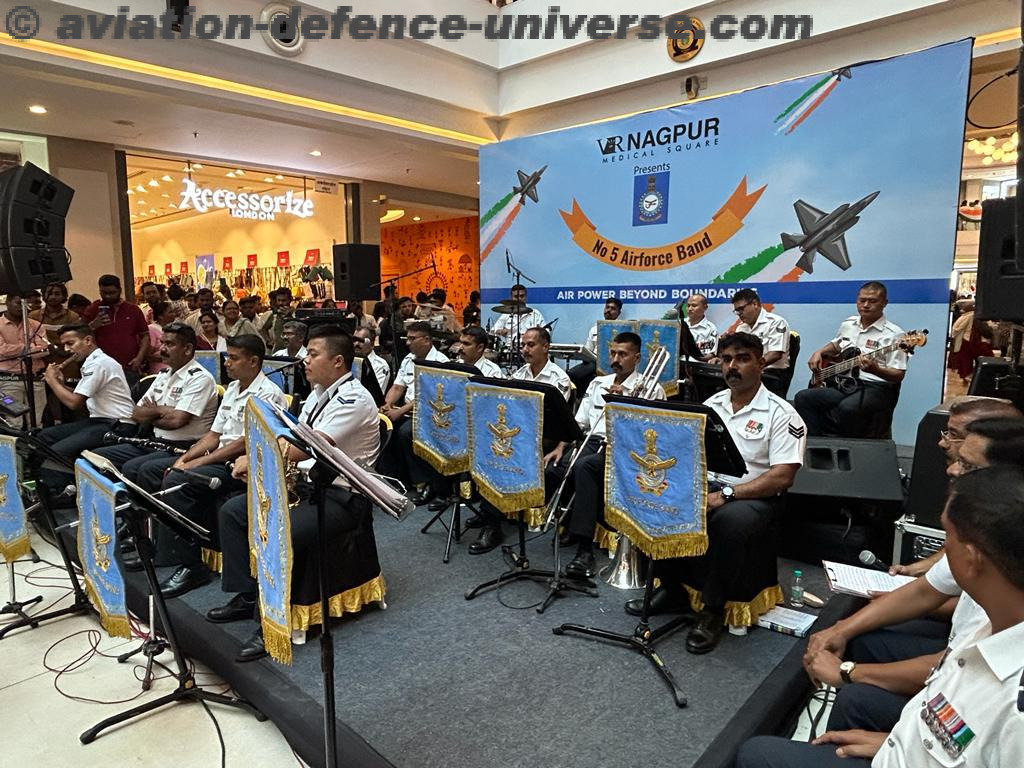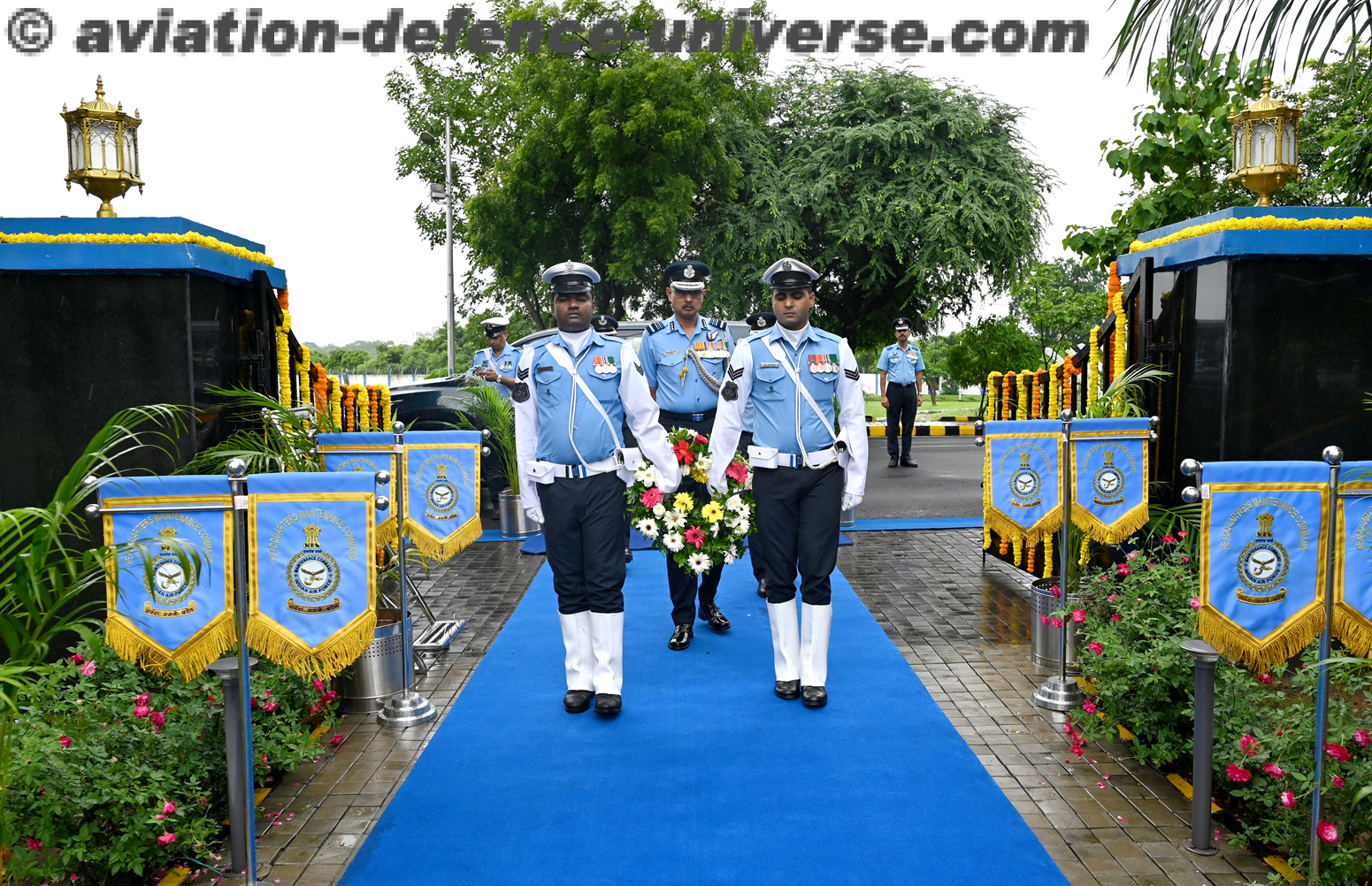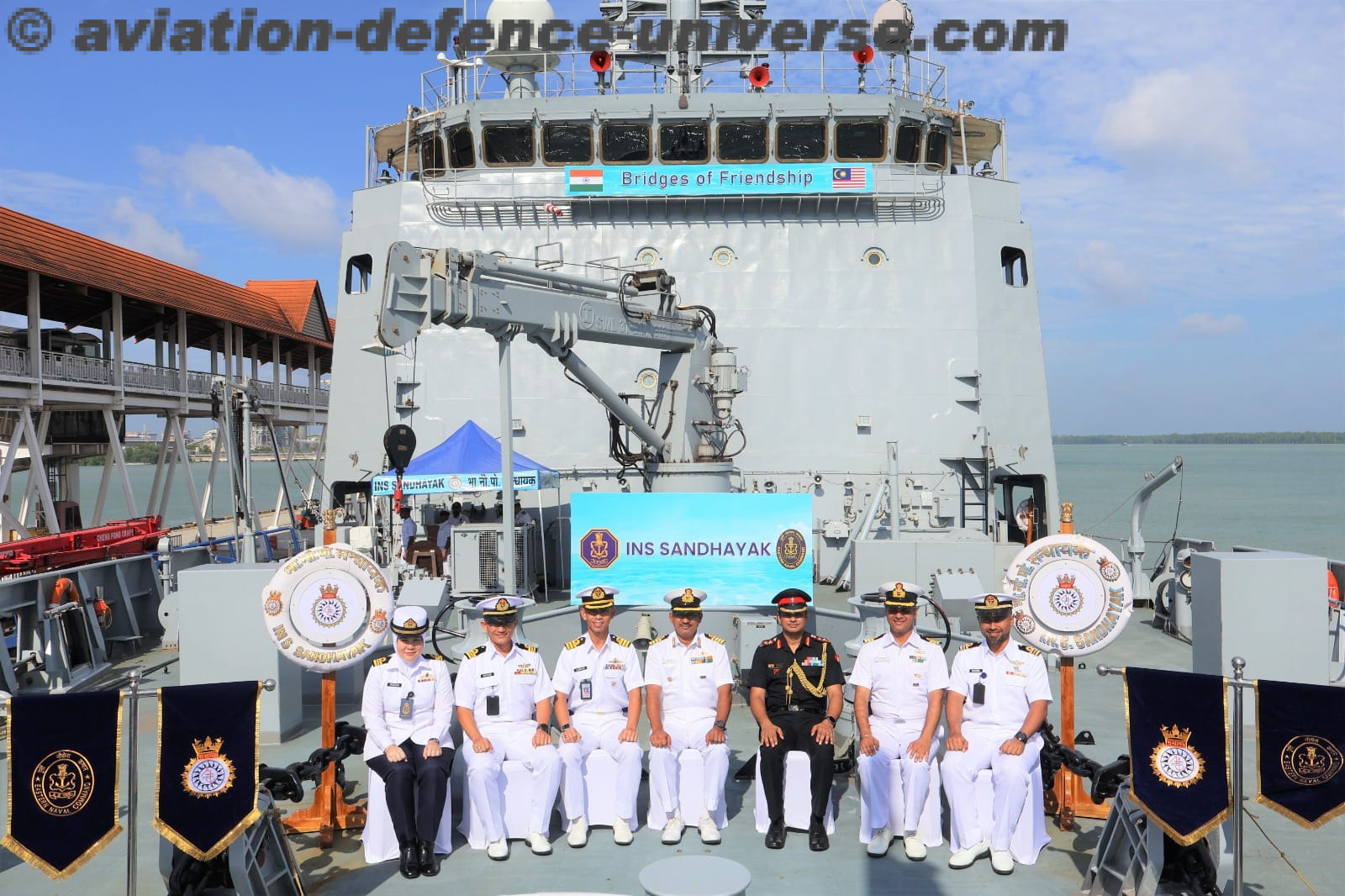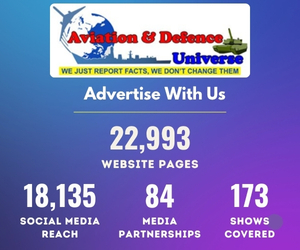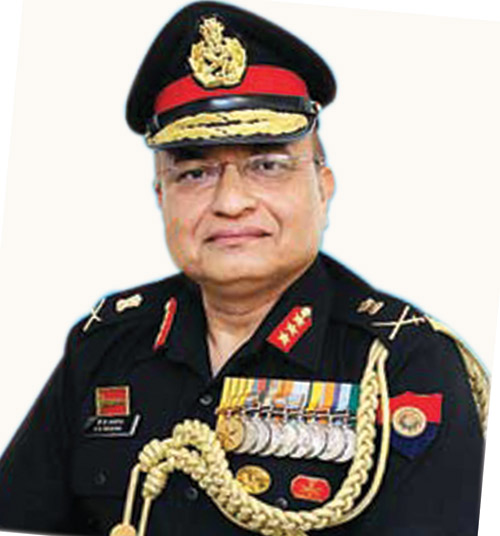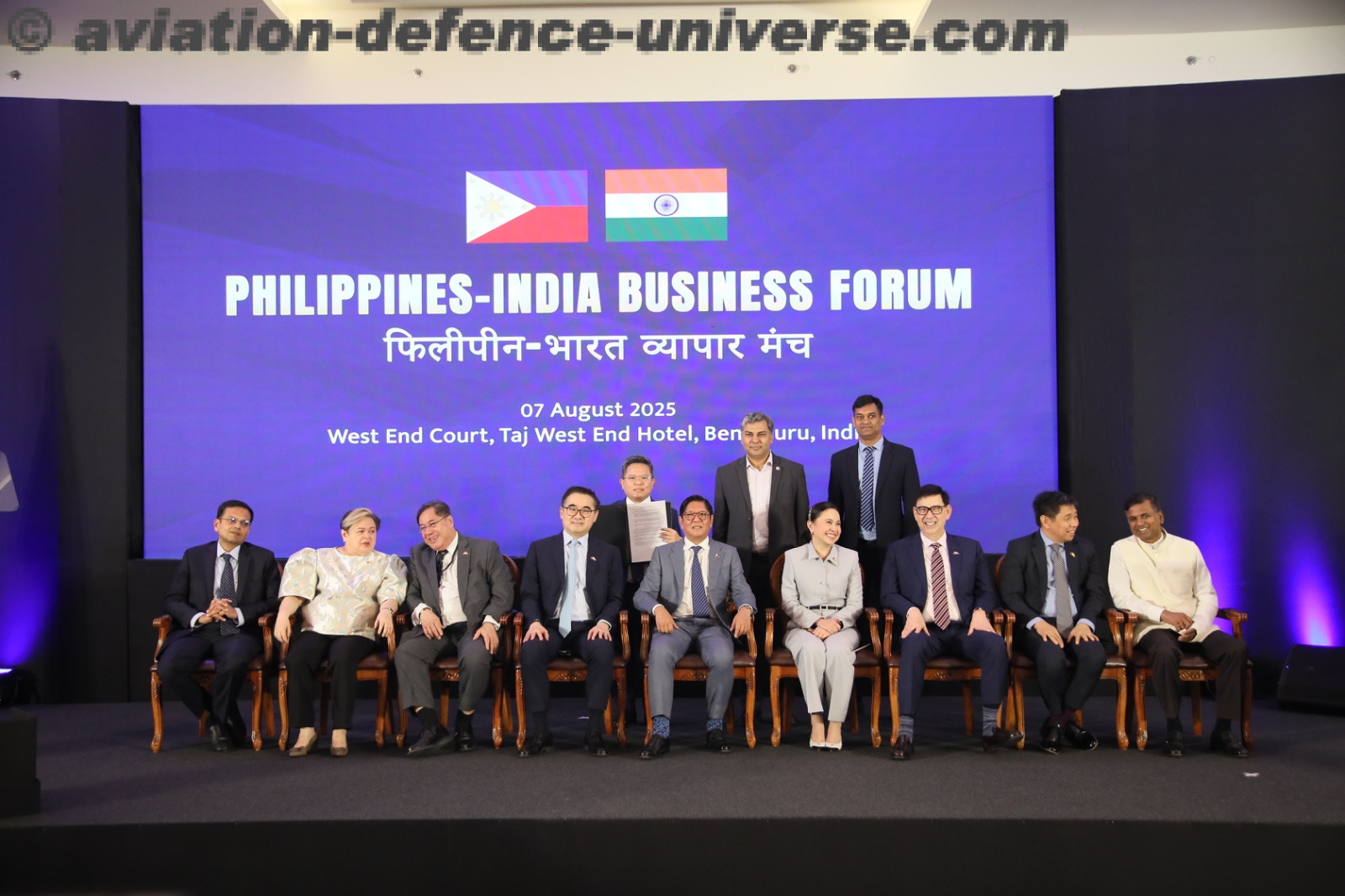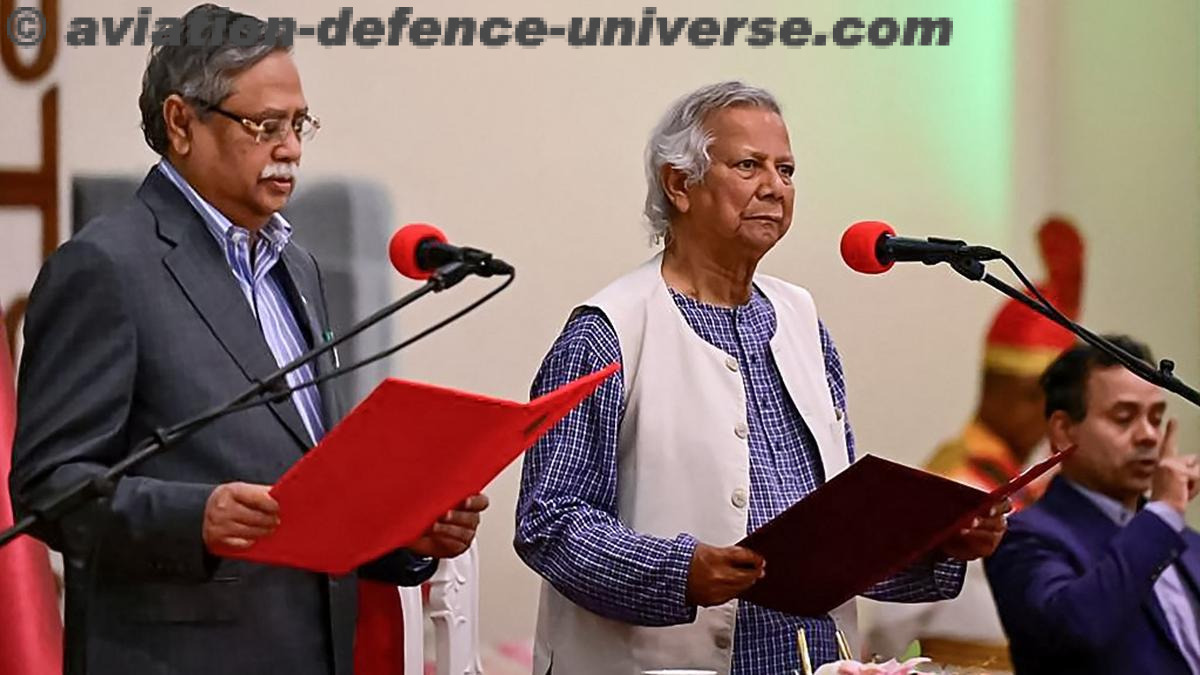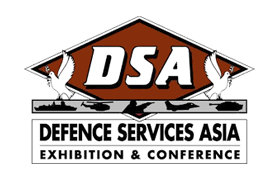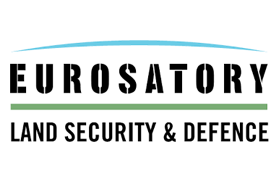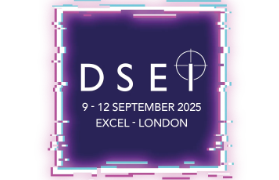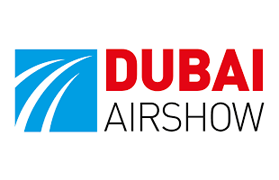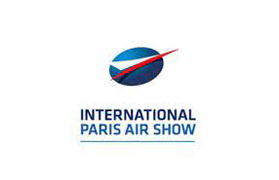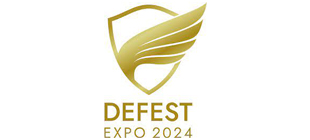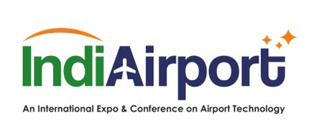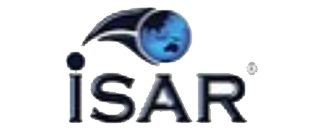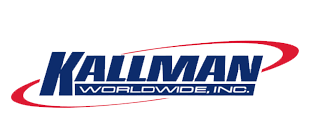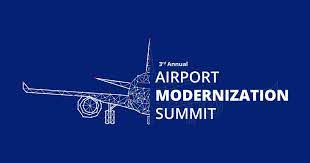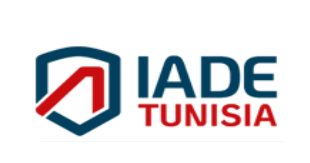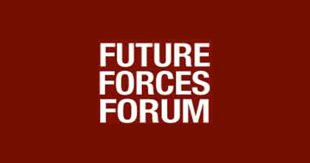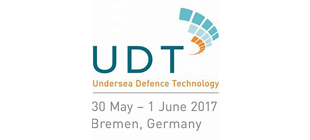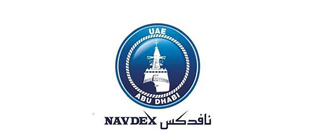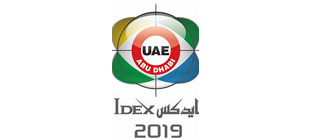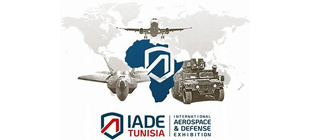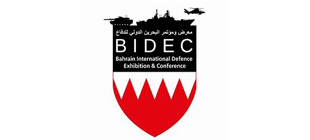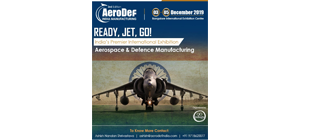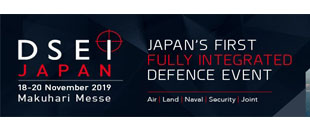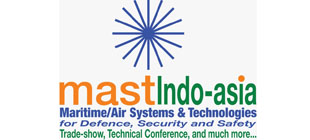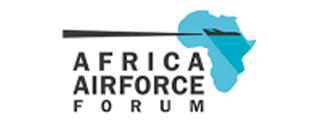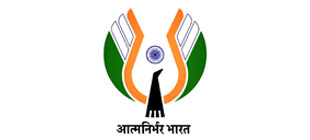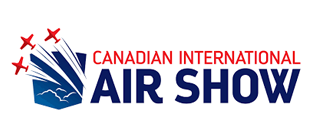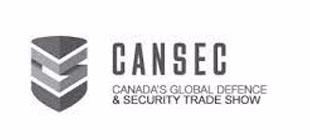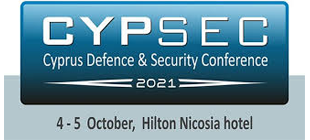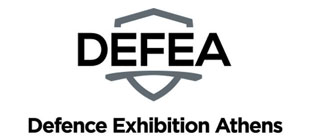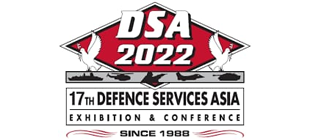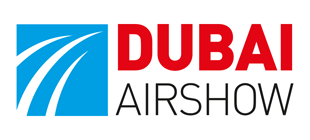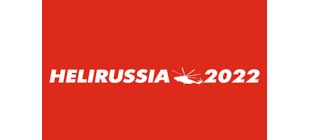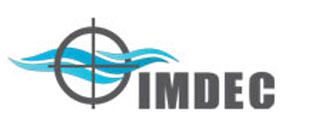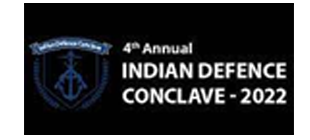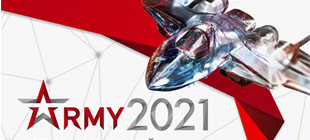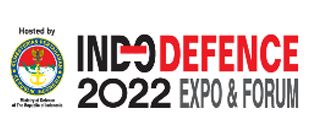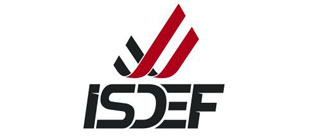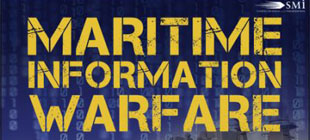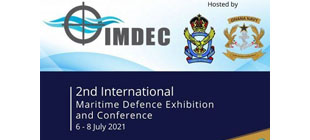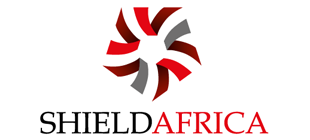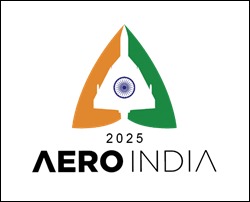- “Twin Otter is the Perfect Aircraft for India’s North East & Sea Plane Routes” – De Havilland’s Ryan DeBrusk
- Dash 8 and Twin Otter catch eyeballs at Paris
Le Bourget, Paris. 19 June 2025. De Havilland Aircraft of Canada has been steadily increasing its engagement with India, especially in the domains of regional connectivity and seaplane operations. With a sizable Dash 8 fleet operated by SpiceJet and strong governmental interest in developing short-haul routes, the company finds India to be a natural fit for its Twin Otter platform.
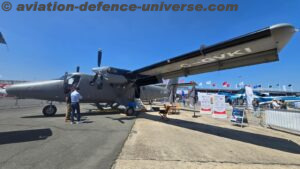
ADU. Ryan, we are meeting here at the Paris Air Show. It’s Day 4 now. How has the experience been?
Ryan DeBrusk. It’s been a busy show. We’ve had great meetings with customers, suppliers, and government stakeholders. For De Havilland, it’s been a great platform to bring our new Twin Otter and showcase the first Classic 300G from the production line.
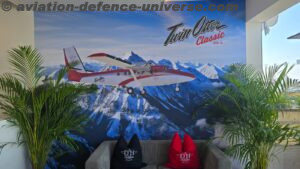
Ryan DeBrusk. Very positive. The Dash 8-400 continues to see strong interest. We’ve announced multiple placements for both Dash 8s and Twin Otters. The reception shows customers are excited to see De Havilland building its presence again.
ADU. Being a Canadian company, how global is your supply chain? Are suppliers here too?
Ryan DeBrusk. Yes, absolutely. We’re proud of our Canadian roots and suppliers, but aviation is a global business. Our supply chain team is here at Paris, meeting international partners to strengthen future collaboration.
ADU. Is all manufacturing still in Canada, or are there global expansion plans?
Ryan DeBrusk. Our focus remains Canada-centric. We’re preparing to move into De Havilland Field near Calgary, which will host production of the DHC-515 Water Bomber, Twin Otters and potentially a new Dash 8 line.

Ryan DeBrusk. India is a key strategic market for us. We’re constantly exploring Indian supply chain options because we recognize the quality of aerospace manufacturing there. We’ve had fantastic engagement and potential for collaboration.
ADU. Any specific initiatives in India you’re working on?
Ryan DeBrusk. India’s seaplane potential is enormous. We control 90% of the global commercial seaplane market, and we see great alignment with India’s push for regional connectivity. In late 2024, we conducted a large Twin Otter demo tour across India, including the North-East. It was well supported by the Ministry of Civil Aviation and DGCA.
ADU. Are you planning any facility in India?
Ryan DeBrusk. Not currently, but we’re always open to expanding our MRO partnerships. For example, SpiceJet maintains Dash 8s in India, and as our Twin Otter presence grows, we’ll look at more localized maintenance support.
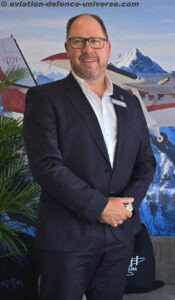
Ryan DeBrusk. Absolutely. During our India tour, we flew the aircraft in the North-East and had dignitaries on board, including the Honourable Minister. The Twin Otter’s STOL capabilities mean it doesn’t need large infrastructure. It can land on short runways, water, snow, even glaciers—perfect for hilly and remote terrains.
ADU. Can the aircraft be deployed in high-altitude regions like Ladakh?
Ryan DeBrusk. Yes. It’s a proven STOL platform operating on snow, glaciers, and rugged terrain globally. It’s ideal for Ladakh, Jammu, and Kashmir where short landing zones are common.
ADU. Any closing thoughts?
Ryan DeBrusk. We’re excited about India’s regional and remote connectivity goals, and our Twin Otter is the ideal solution. We’re keen to work with Indian airlines and governments to unlock the full potential of underserved regions.
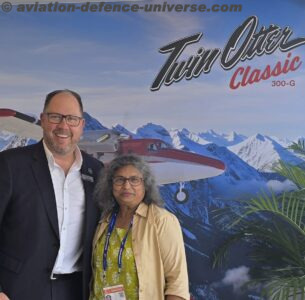
As De Havilland builds global momentum with its Dash 8 and Twin Otter platforms, its growing engagement with India stands out. Whether it’s STOL capabilities for Arunachal’s rugged terrain or plans to support UDAN’s vision through seaplane operations, the Canadian aircraft manufacturer is well poised to play a transformative role in India’s regional aviation landscape.
As told to Sangeeta Saxena







